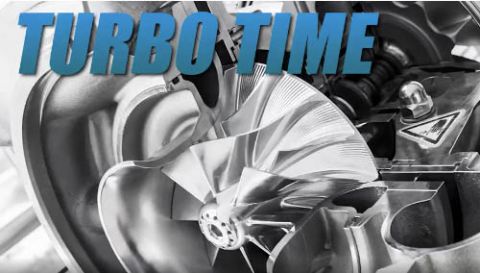The Turbocharger Evolution: A Mechanical Design Odyssey

Explore the captivating journey of mechanical design in the world of turbochargers. Long before the era of car engines, pioneers faced formidable challenges. They grappled with material limitations, the quest for efficient internal combustion, and the need for optimal vacuum during engine intake.
In those early days, combustion chambers struggled to reach even 80% capacity, wasting valuable volume crucial for efficient engine combustion. The ingenious solution emerged in the form of Forced Induction. By harnessing this innovation, engineers compensated for compression deficiencies, achieving a remarkable 100% or higher Air Volumetric Efficiency (AVE).
Alfred Buche's groundbreaking work paved the way for the modern turbocharger. He conducted daring tests on Pike's Peak in Colorado, measuring horsepower gains at high altitudes. These early turbochargers found applications in aircraft, ships, commercial trucks, and eventually automobiles.
This transformation didn't happen overnight. By retracing the steps that led to each breakthrough, the automotive industry underwent a profound evolution. Turbocharged engines became lighter, more efficient, and cost-effective.
Spencer eloquently emphasizes the value of embracing challenges and making the most of available resources, which has consistently propelled innovation in mechanical design. Join us as we delve into the intricacies of one of automotive design's enduring cornerstones.
Discover the past and present of mechanical design in the world of turbochargers in this insightful audio clip.
